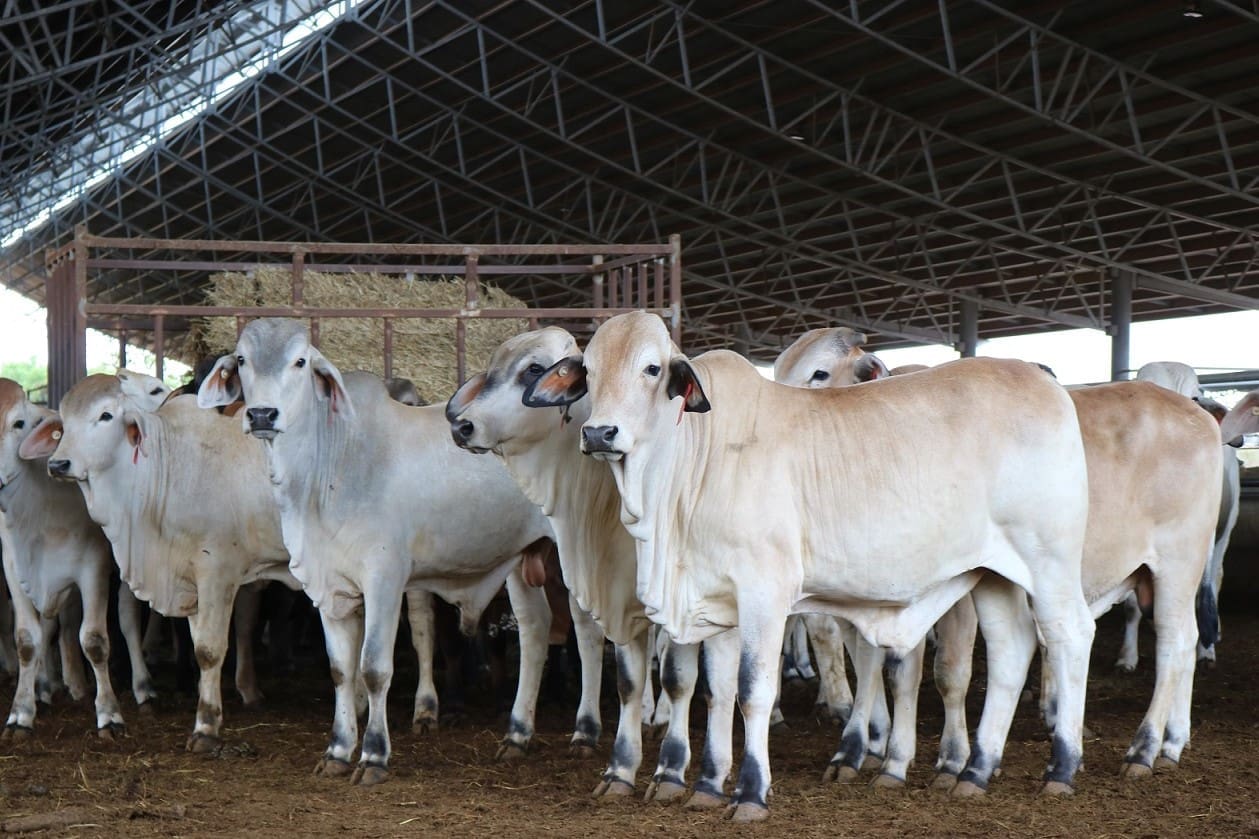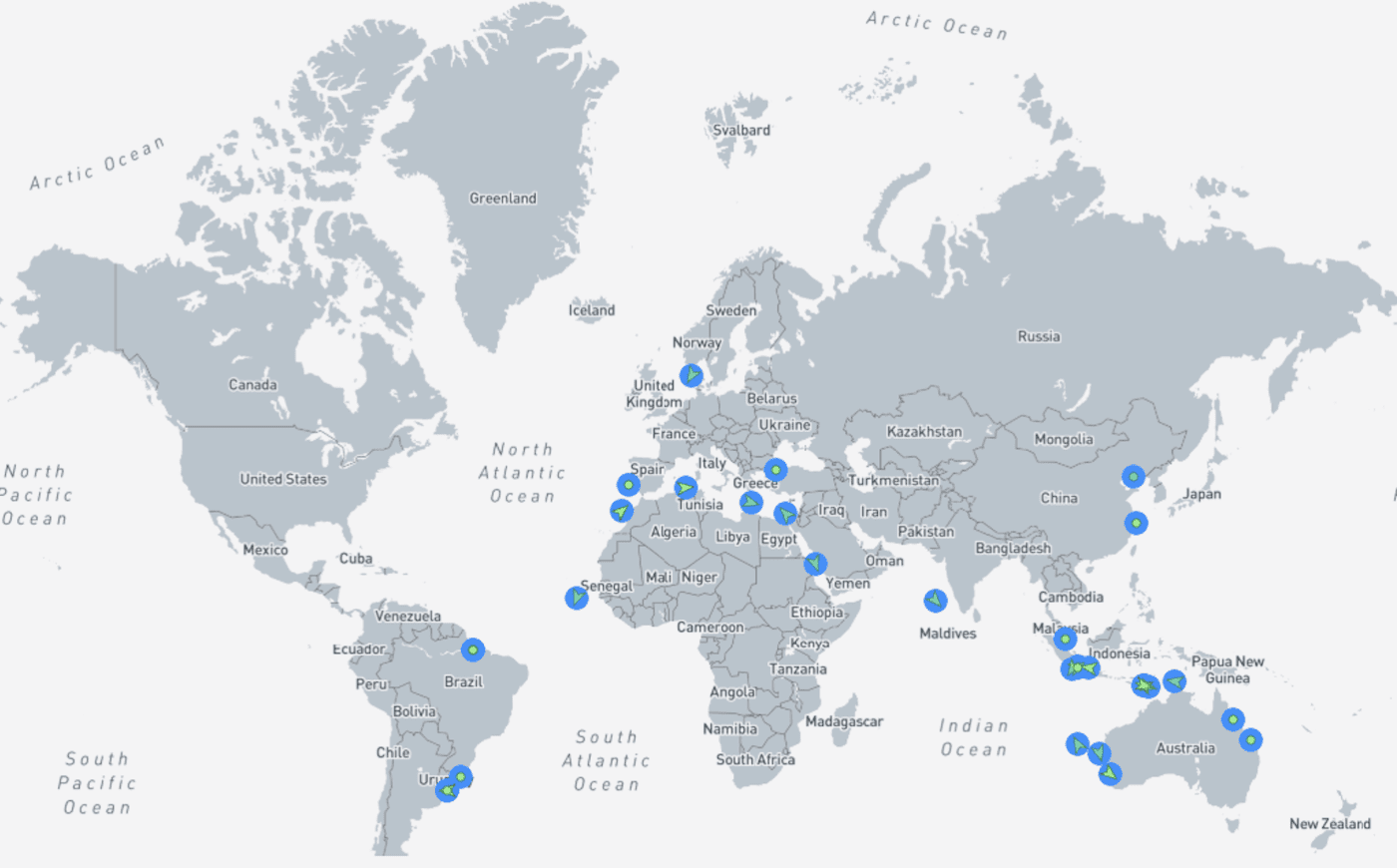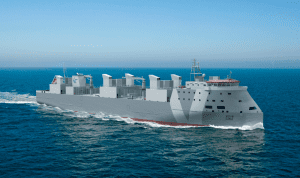A LOT of attention has focused on whether Australia’s labour-constrained meat processing sector can handle the increased numbers of cattle expected to come forward in 2025, but another less-talked-about capacity issue is also raising its head as the year unfolds.
Changing dynamics in the livestock shipping sector have reduced the number of vessels readily available to Australian exporters, trade sources have told Beef Central.
And they warn it is an issue that could limit the industry’s ability to access important markets when access is needed most, particularly when dry seasonal conditions return across large parts of northern Australia.
Only a small number of the hundreds of livestock transport ships operating around the world are accredited by the Australian Maritime and Safety Authority (AMSA) to carry livestock from Australia.
Gaining AMSA accreditation is said to be a rigorous and high cost process, and one that also requires annual surveys and inspections to maintain accreditation from year to year.
While an estimated 30 vessels have been AMSA accredited over the past 10 years according to Beef Central’s estimates (We are chasing official data from AMSA and will update this when received), not all maintain AMSA accreditation when they become gainfully deployed on other trading routes around the world. Some vessels have also reached the end of their working life and have been retired.
The Indonesian Government’s decision to delay the release of cattle import permits for more than six weeks early last year is said to have been a key factor that resulted in the owners of several stranded vessels scrambling to find work for those ships elsewhere in the world, and in many cases those vessels are still occupied on those routes a year later.
The below map shows current locations of vessels that have been AMSA accredited in the past decade.
Most are currently plying routes from South America (Brazil, Colombia, Uruguay, Argentina) to the Middle East and China, or Europe to the Middle East and internally within European ports.
It is not unusual for vessels to switch back to Australian runs as market opportunities present, but the consistency of work many are finding in other parts of the world has some industry stakeholders concerned they won’t simply re-appear on the horizon as soon as Australian cattle producers need them.
The big risk factor is of course if Australia experiences a widespread return to dry conditions across the north, particularly with herd numbers returning to higher levels.
‘Greatest drought strategy’
Livestock export industry veteran Scot Braithwaite once described the livestock export industry to Beef Central as “the greatest drought strategy Australia has”.
The ability provided by export ships to quickly and efficiently move cattle from droughted paddocks that are too light for abattoirs to overseas feedlots was “a match made in heaven”.
“It is the greatest drought strategy that Australia has, and this is why we need to fight to keep it,” he said at the time.
Ship sell-offs
In addition to competition from other routes, the sale of many vessels which have been standard bearers for Australian livestock shipping is also affecting the availability of shipping locally.
Wellard last month confirmed the sale of the last of its five ships, the MV Ocean Drover, which has been bought by Turkish owner to shore up its cattle transport requirements from South America.
Shipping giant Vroon is also understood to be in the process of seeking buyers for its Livestock Express division, which owns many of the modern G-Class vessels which carry the bulk of cattle from Australia.
The Wellard-built Ocean Shearer and the Livestock Express G-Class vessels are the newest purpose-built livestock ships servicing the global trade.
As Beef Central reported last year, there is no new investment in new livestock shipping planned, with rising construction costs and reluctance to invest based on recent New Zealand and Australian Government decisions to ban livestock export trades key reasons preventing new builds.
Worth noting is that the Coalition Government in NZ elected in 2023 says it is working to reinstate the export of livestock by sea for breeding purposes, and in Australia the Liberal National coalition has a policy to reinstate the live sheep export trade if it wins this year’s Federal Election.
‘Regulation creep’
Trade sources have also spoken about the stifling effect that “regulation creep” or “inefficiency” creep is having on the commercial viability of the livestock shipping from Australia.
Examples included the costly delays exporters now must shoulder to hold ships at port for extended periods, not because of mismanagement of their own logistics, but because of new biosecurity rules.
Despite vessels being well-lit, exporters are now told biosecurity staff will not inspect any ship arriving in port from mid-afternoon onwards until the following morning so they can be inspected in daylight hours.
The delay now means vessels often have to held in port for an extra day which adds tens of thousands of dollars to an exporters demurrage cost for each shipment.
Loaded ships have also had to stand idle for hours at a time when pilots have been unavailable due to new fatigue management rules.
“Darwin to Jakarta is 4.5 days (one way). Recent biosecurity changes can cost 12 hours of time which is relatively a very significant time cost,” one export source told Beef Central.
“While the exporter is absorbing this cost at the minute, it will eventually have to be passed onto the producer via lower prices.
“Massive investment in logistic infrastructure coupled with high valued goods means every hour counts…logistics relied on maximum asset utilisation and minimum time goods are held.
“Trying to operate in the international logistics industry within banking hours is simply fanciful and not sustainable and shows how out of touch Australia is with what the real commercial world demands.”
Cattle exporters urge industry support
Cattle exporters are also urging cattle producers whose businesses rely on access to live export markets not to take the trade for granted.
Last year the Albanese Labor Government acted on a long-standing pledge and passed legislation to permanently ban live sheep exports from May 2028.
Analysis by Episode 3 last year showed that the ramifications of that decision extend well beyond the live export sector alone, with impacts also affecting fuel depots, tyre fitters, mechanics, engineering firms, transport companies, shearing teams, feed mills, contract balers, feed suppliers, livestock agents, veterinarians and other related services.
Last year Dr Michael Patching published a revealing analysis of Australian livestock exporting companies from 2005 to 2023.
It demonstrated that the $1 billion annual cattle export trade from Australia now relies heavily on five exporters who handle 75 percent of annual trade.
Last August exporter Tony Gooden from Frontier International used an address to the Australian Brahman Breeders Association conference at the 2024 Brisbane Show to urge cattle producers not to become complacent and to actively fight for the future of the trade.
Several months on his perspective has not changed.
“The message I want to get through to the industry is that it is the cattle producers who have the most to lose,” he told Beef Central this week.
“The Government won’t worry about three or four exporters, and that is all that is left doing any major volume, but they will listen to farmers.”



